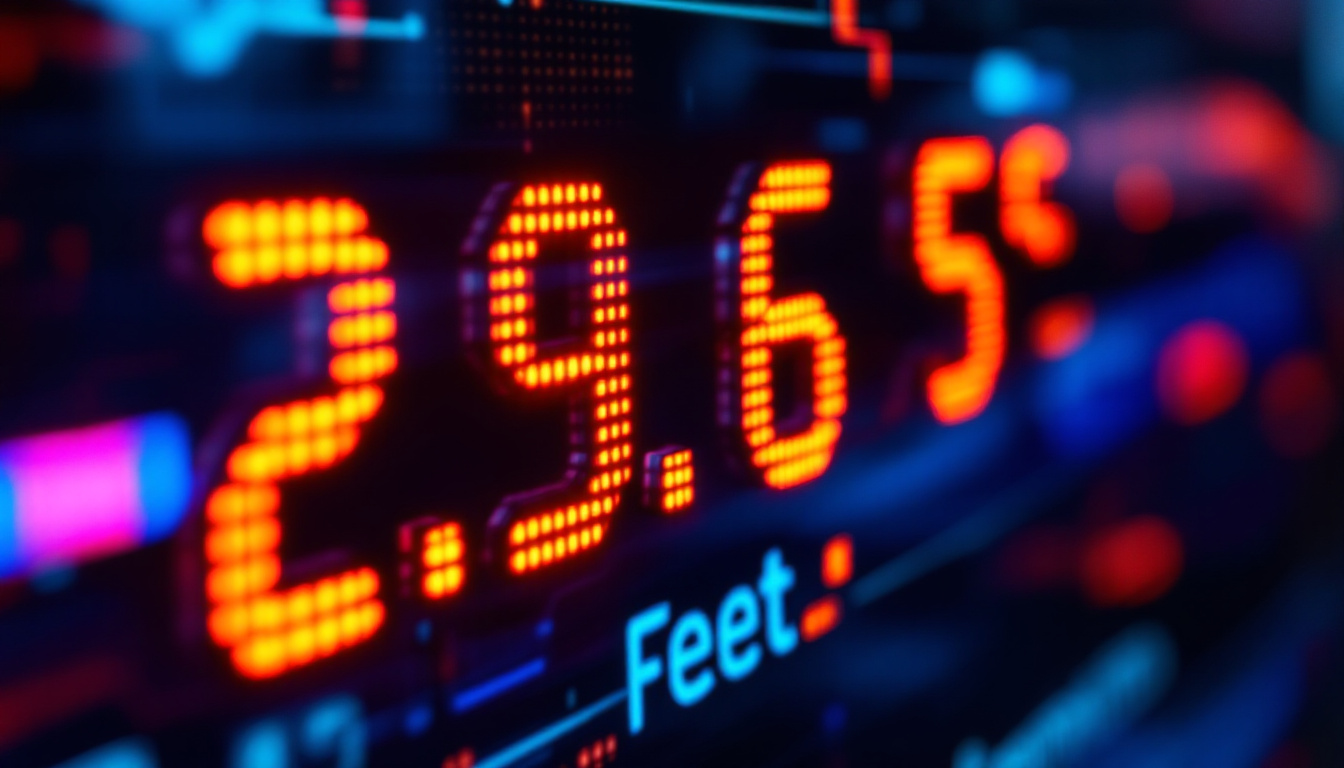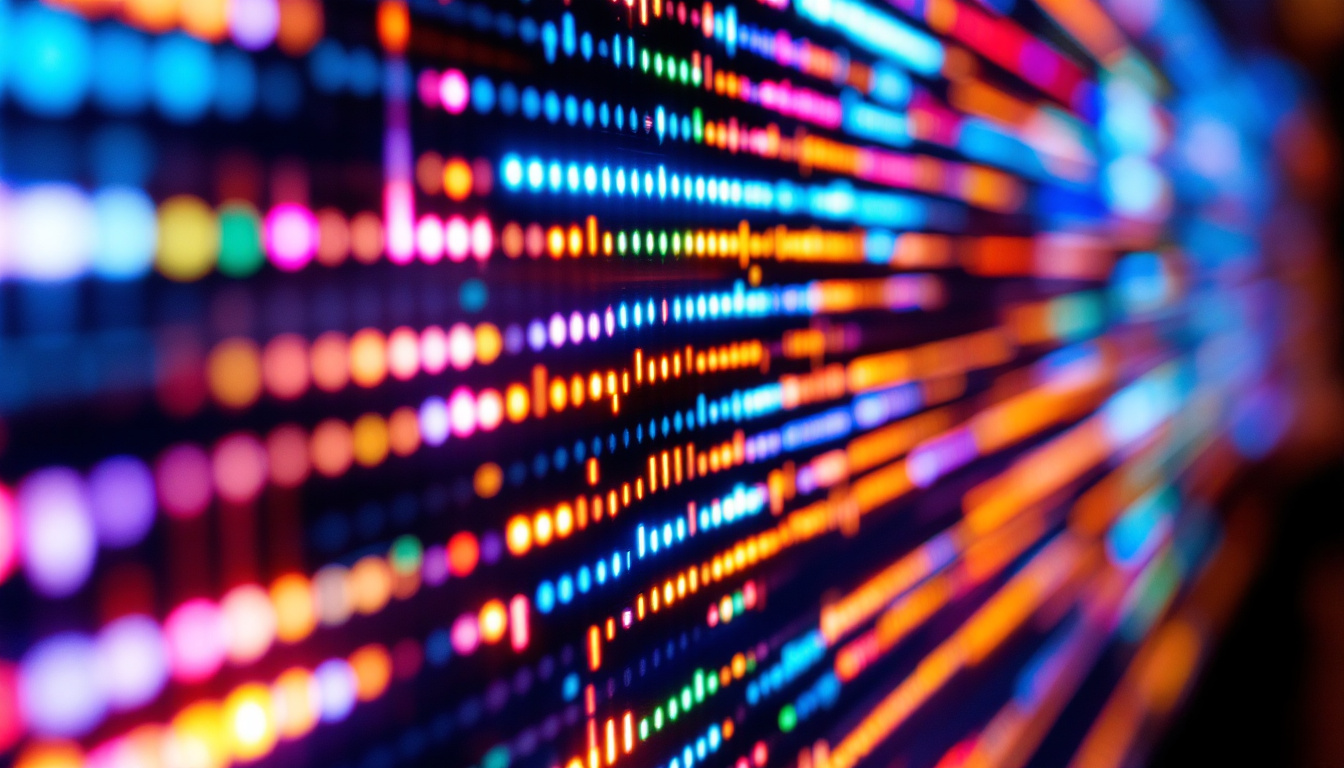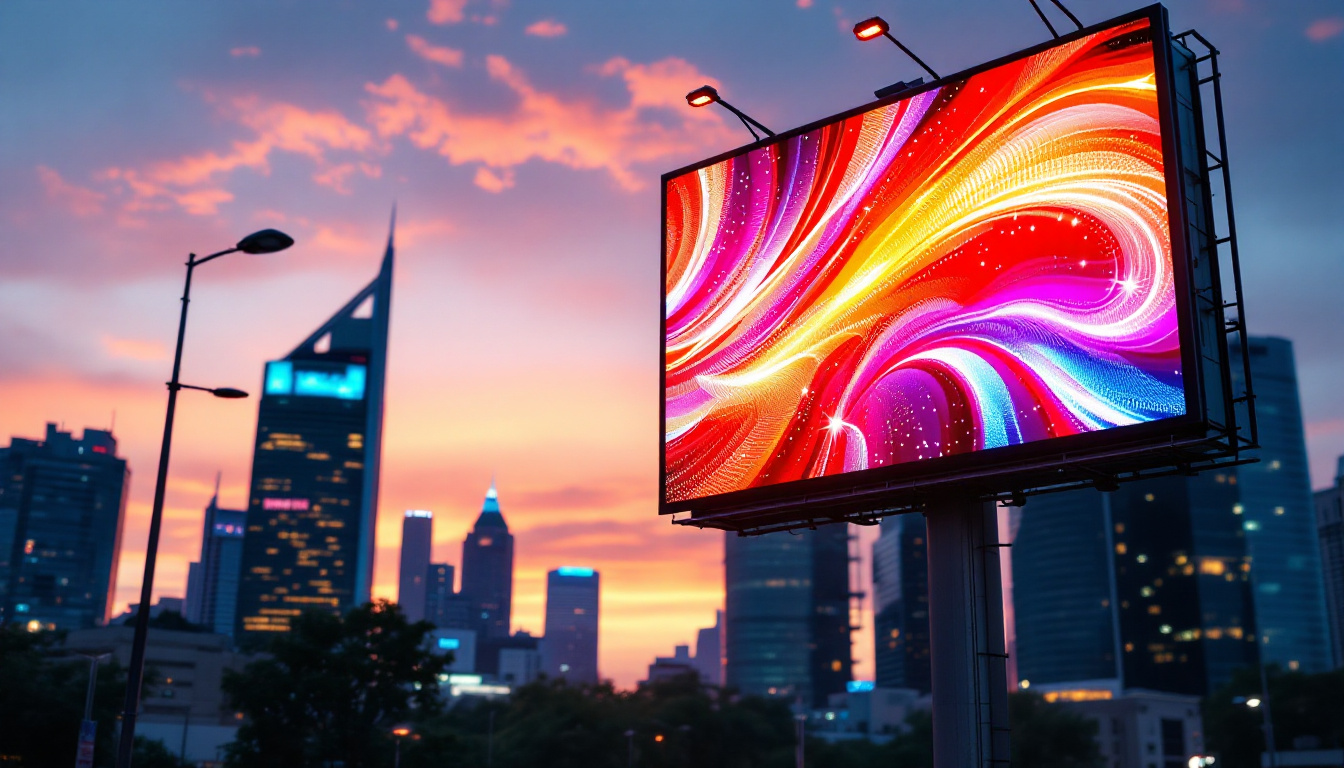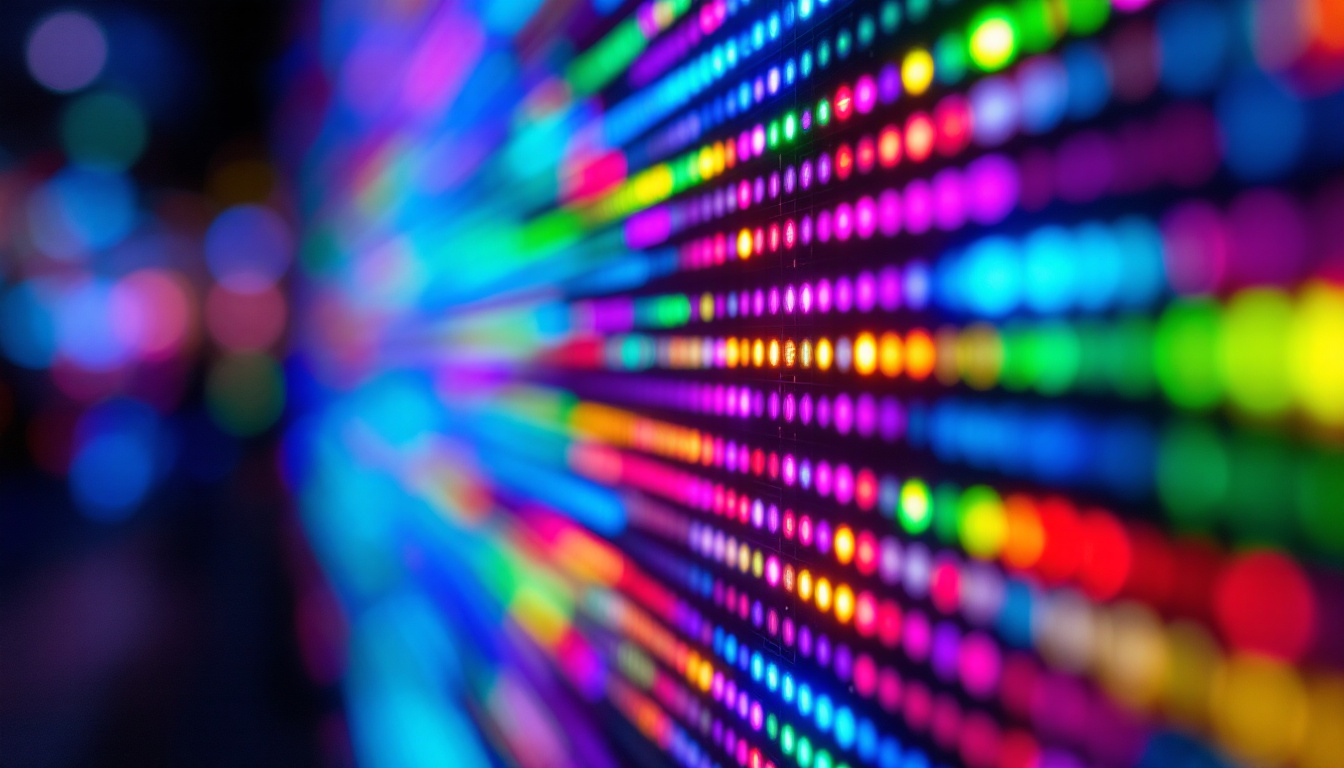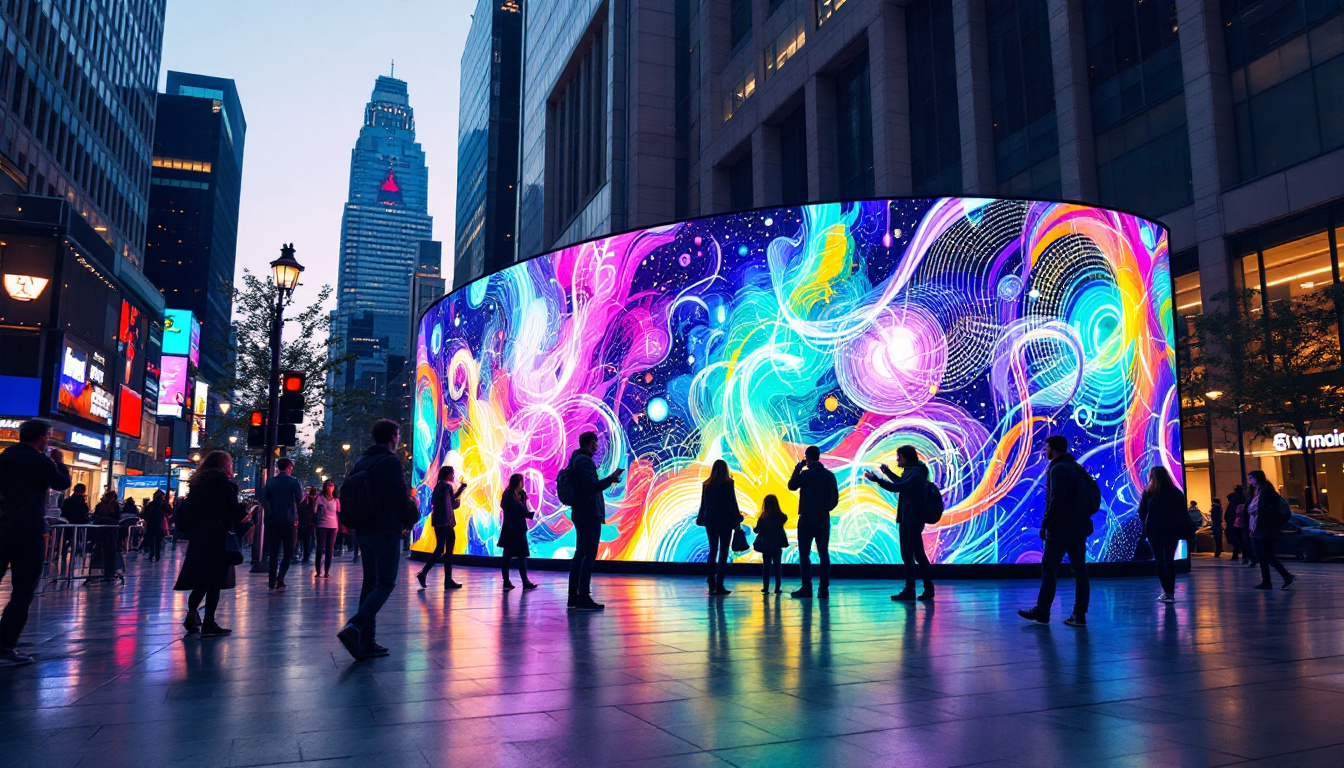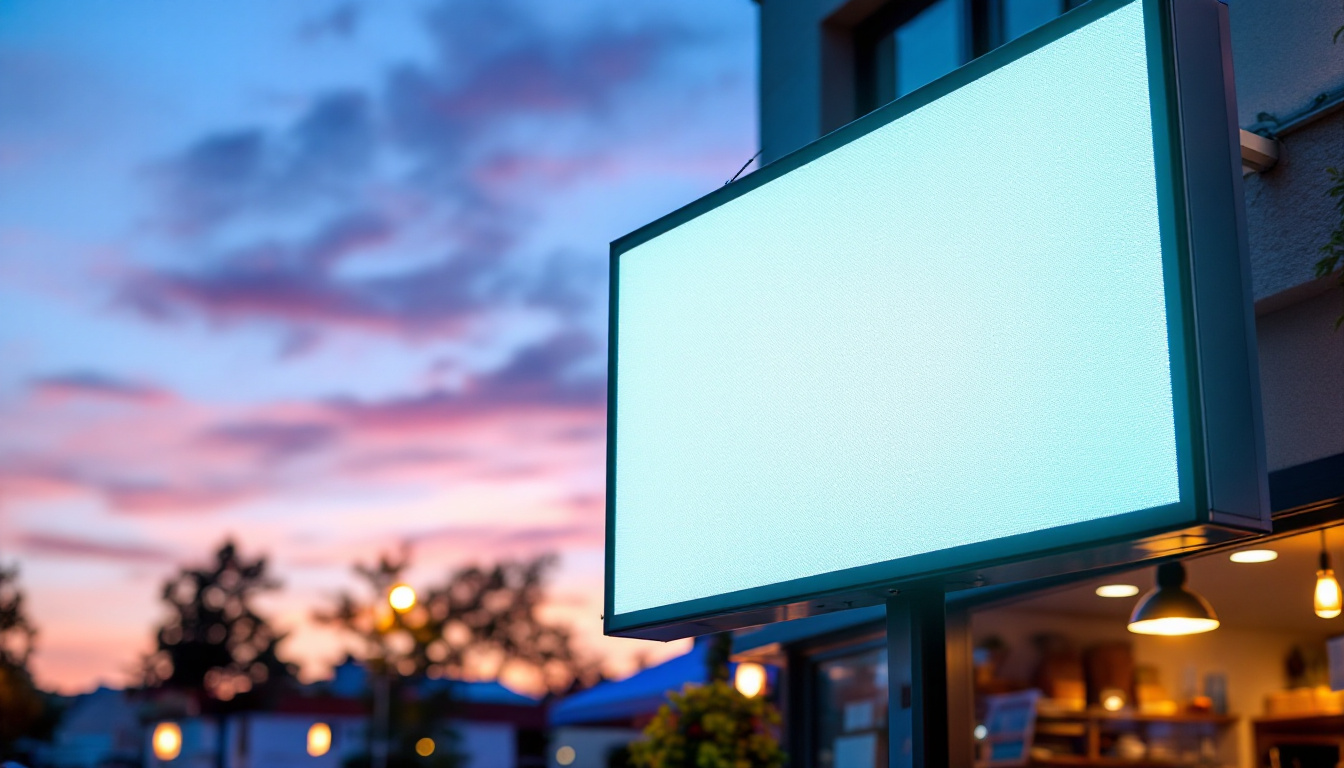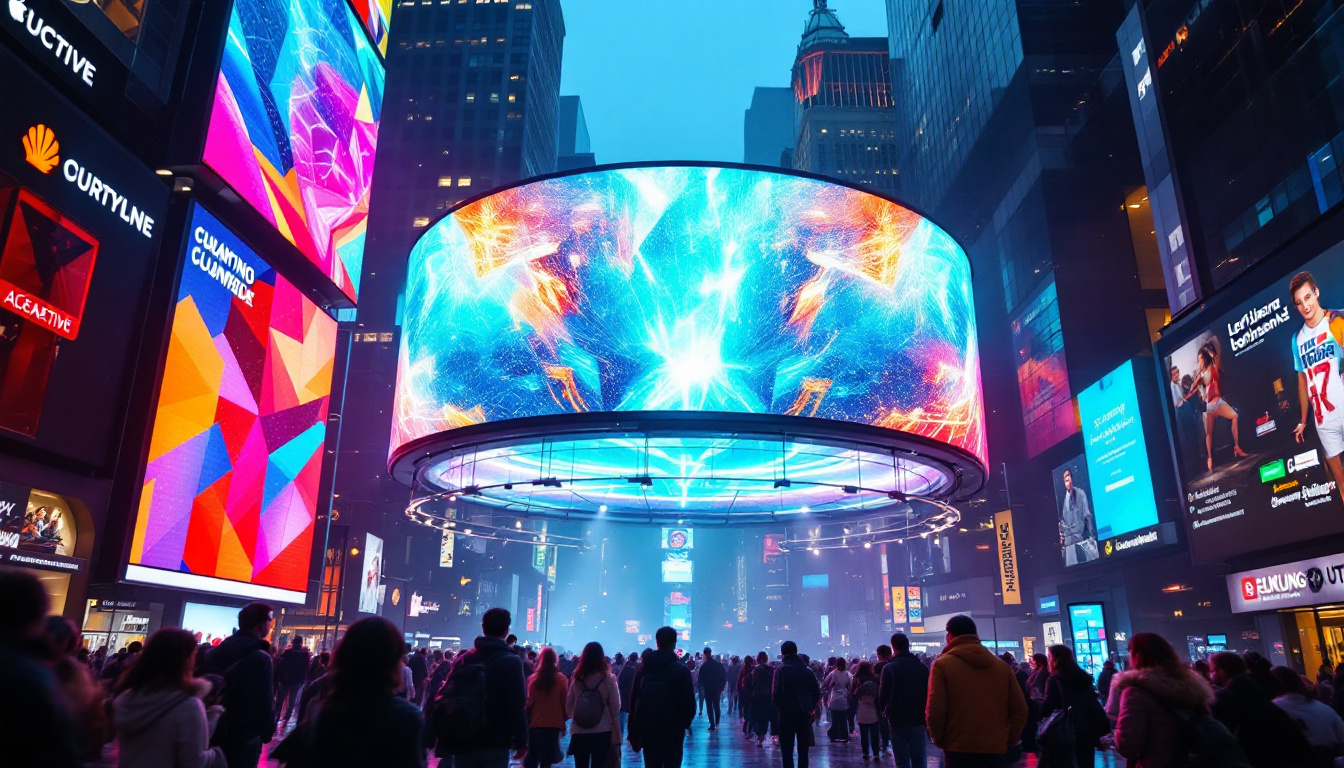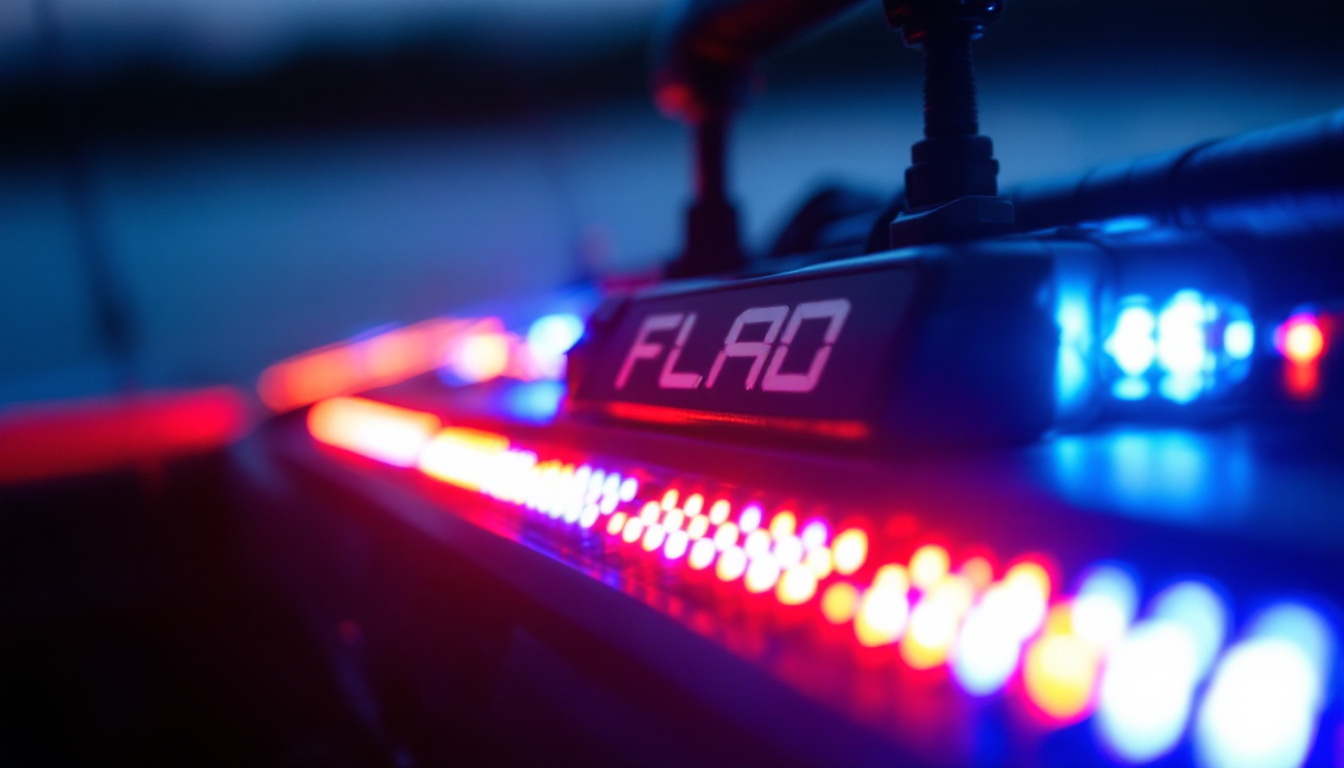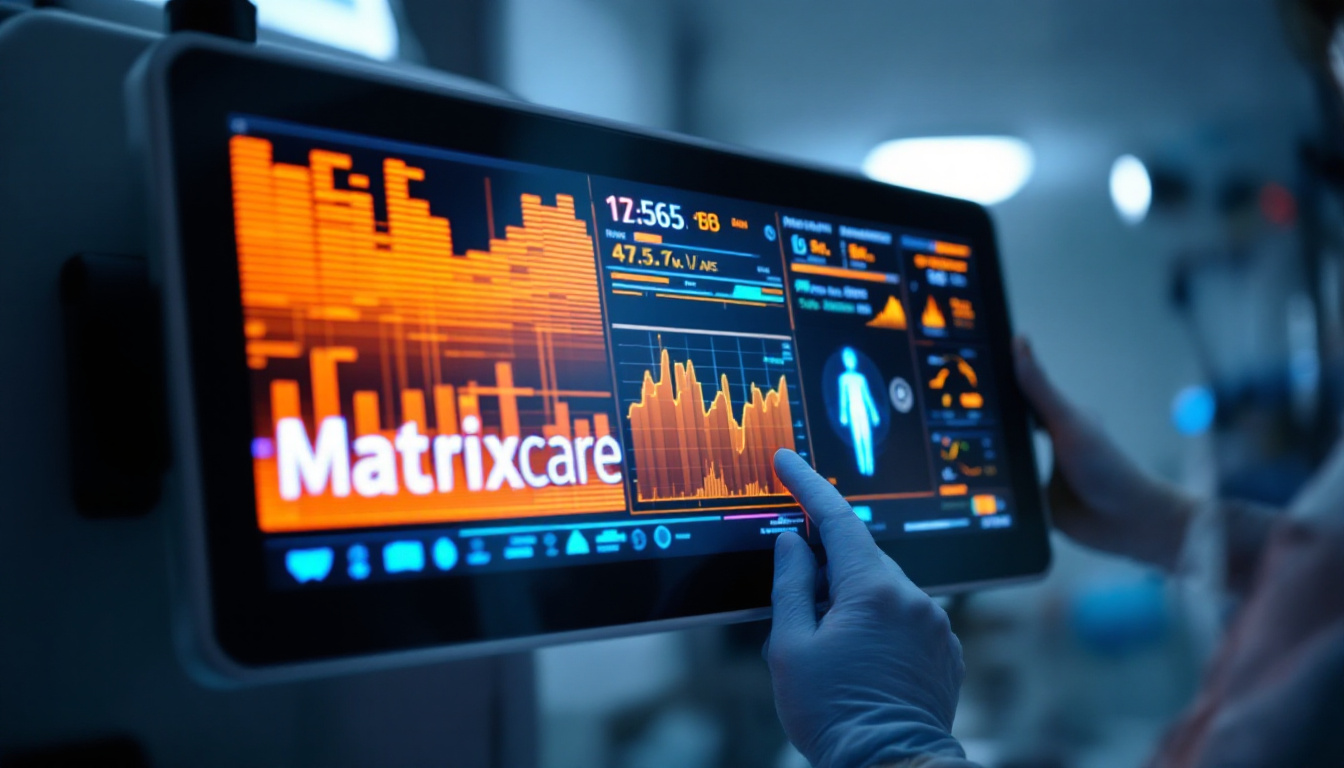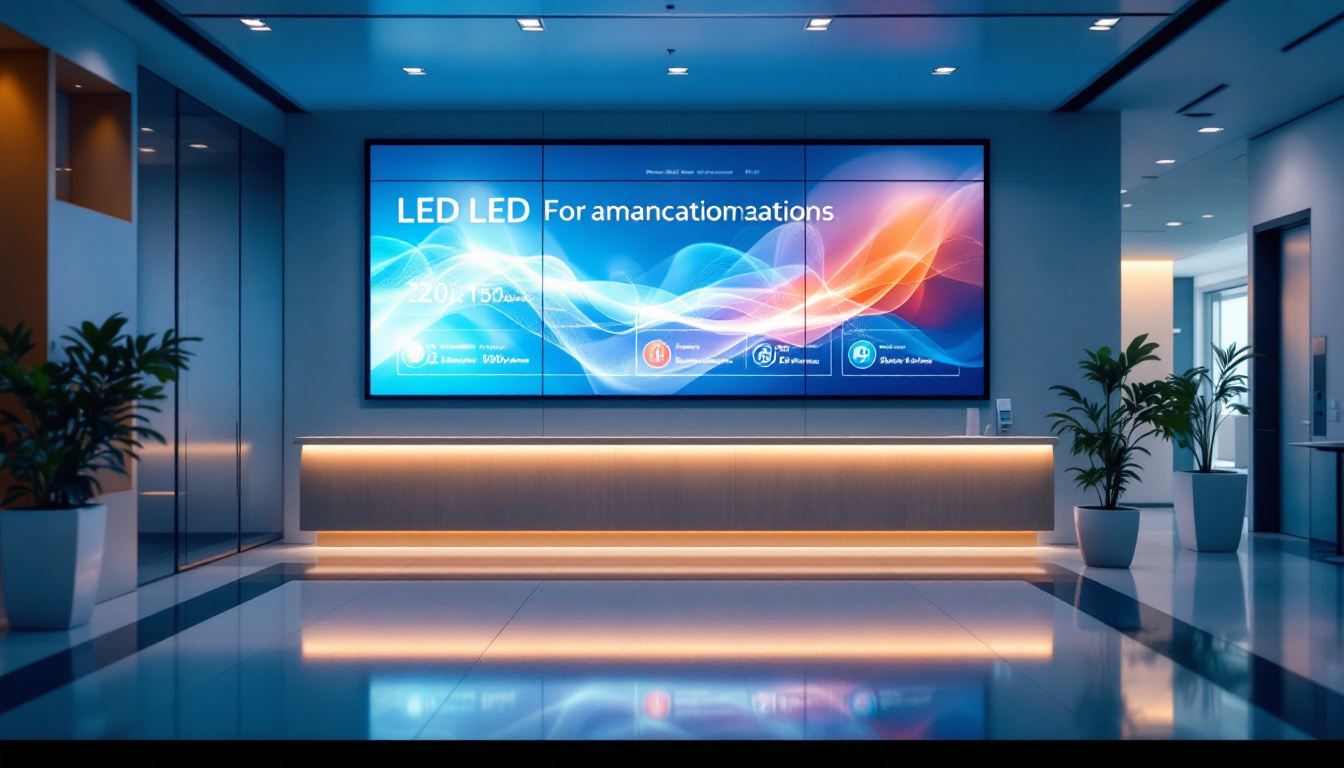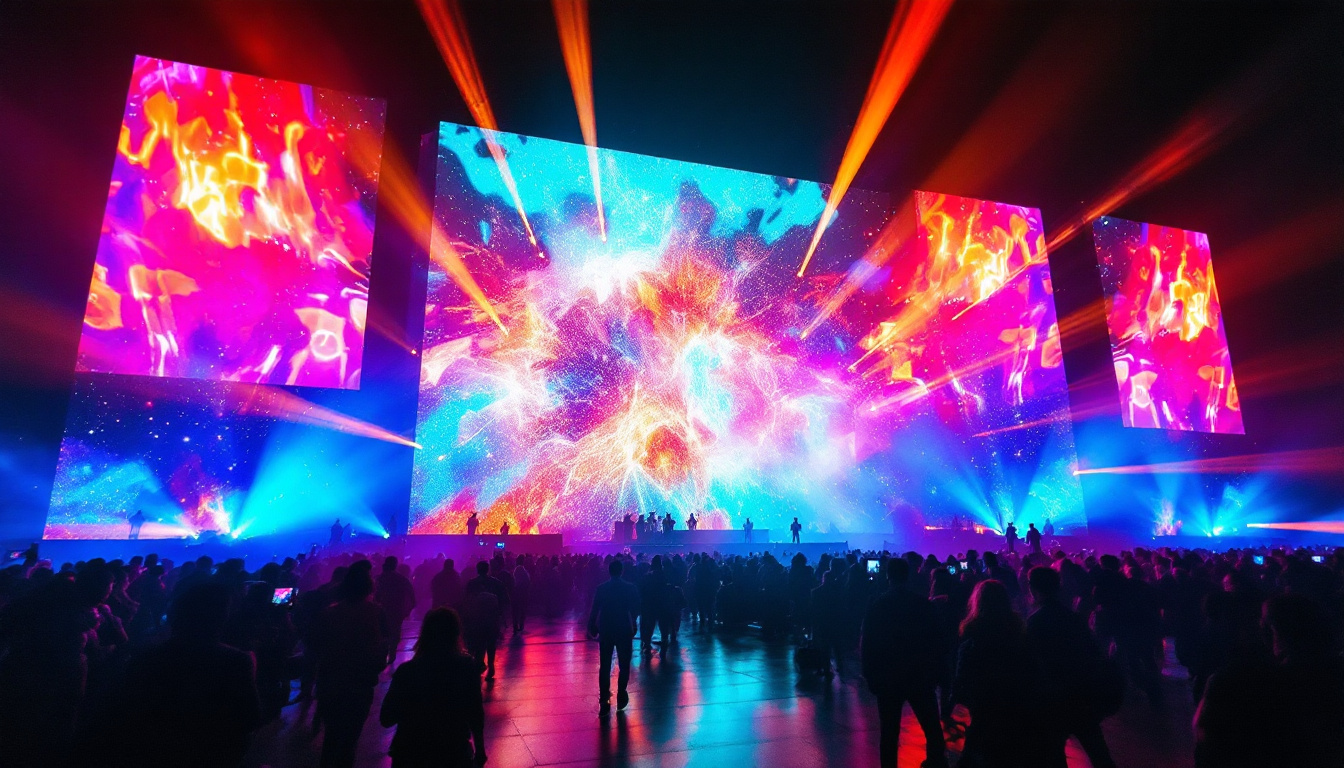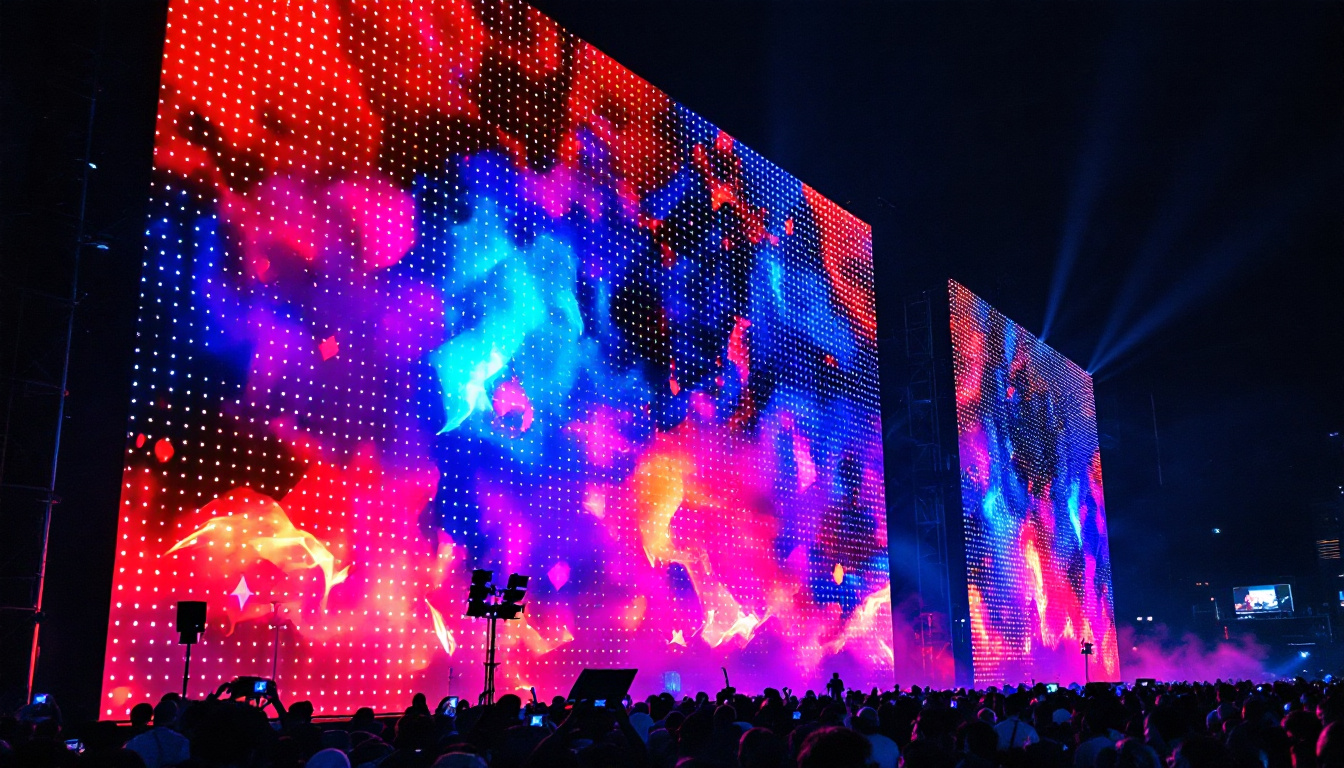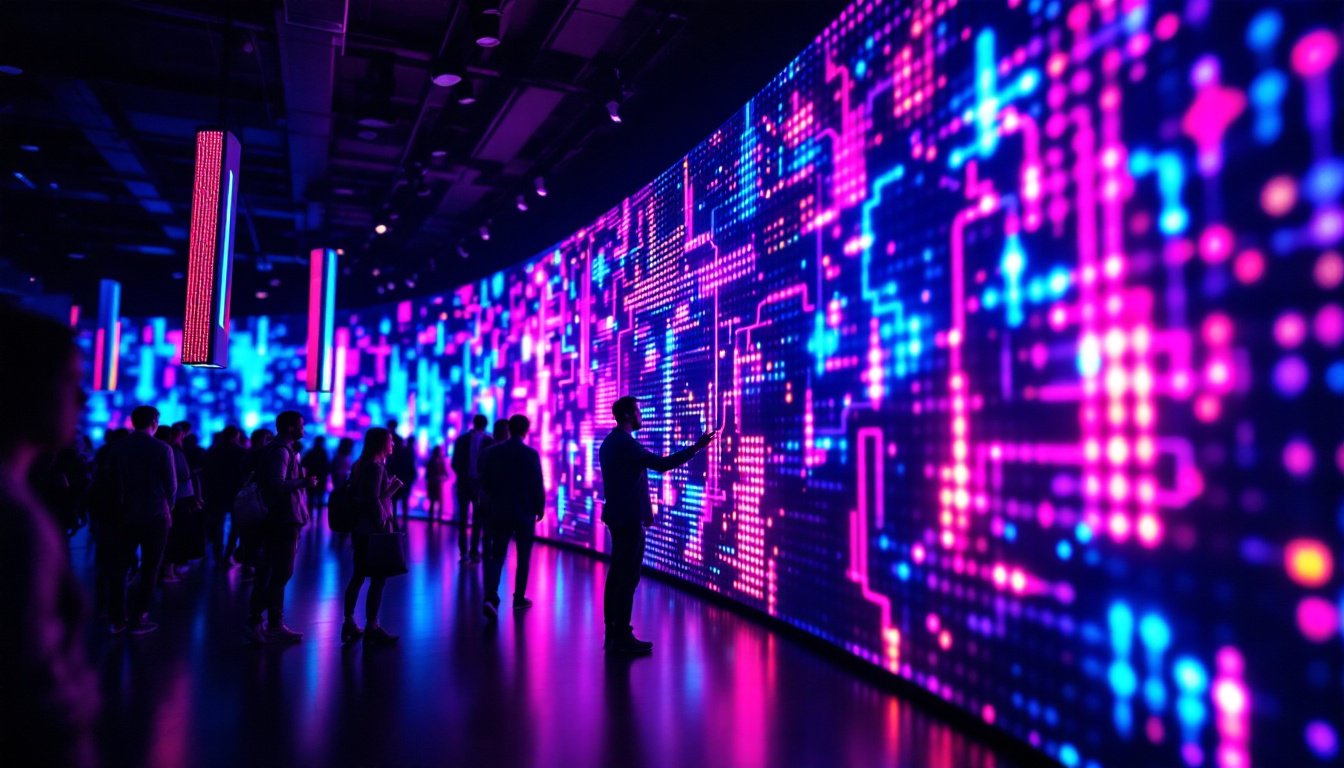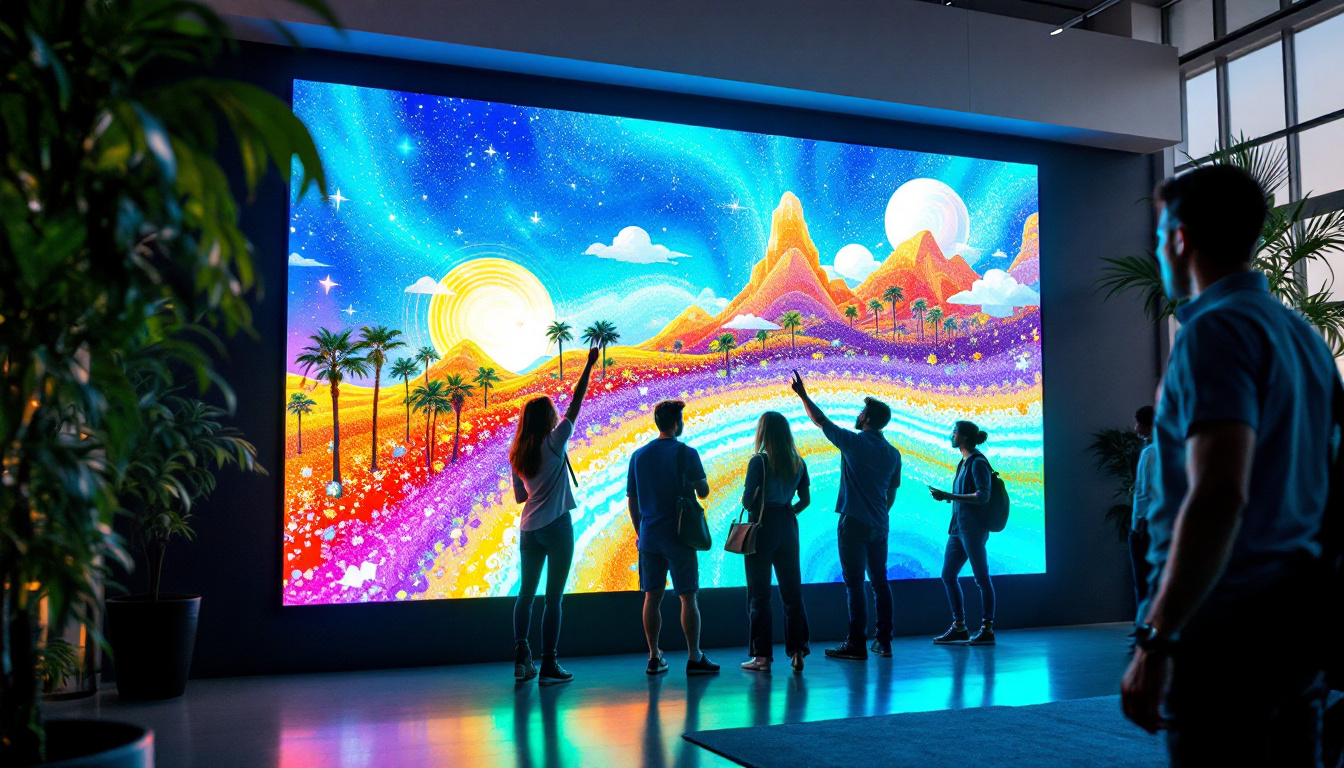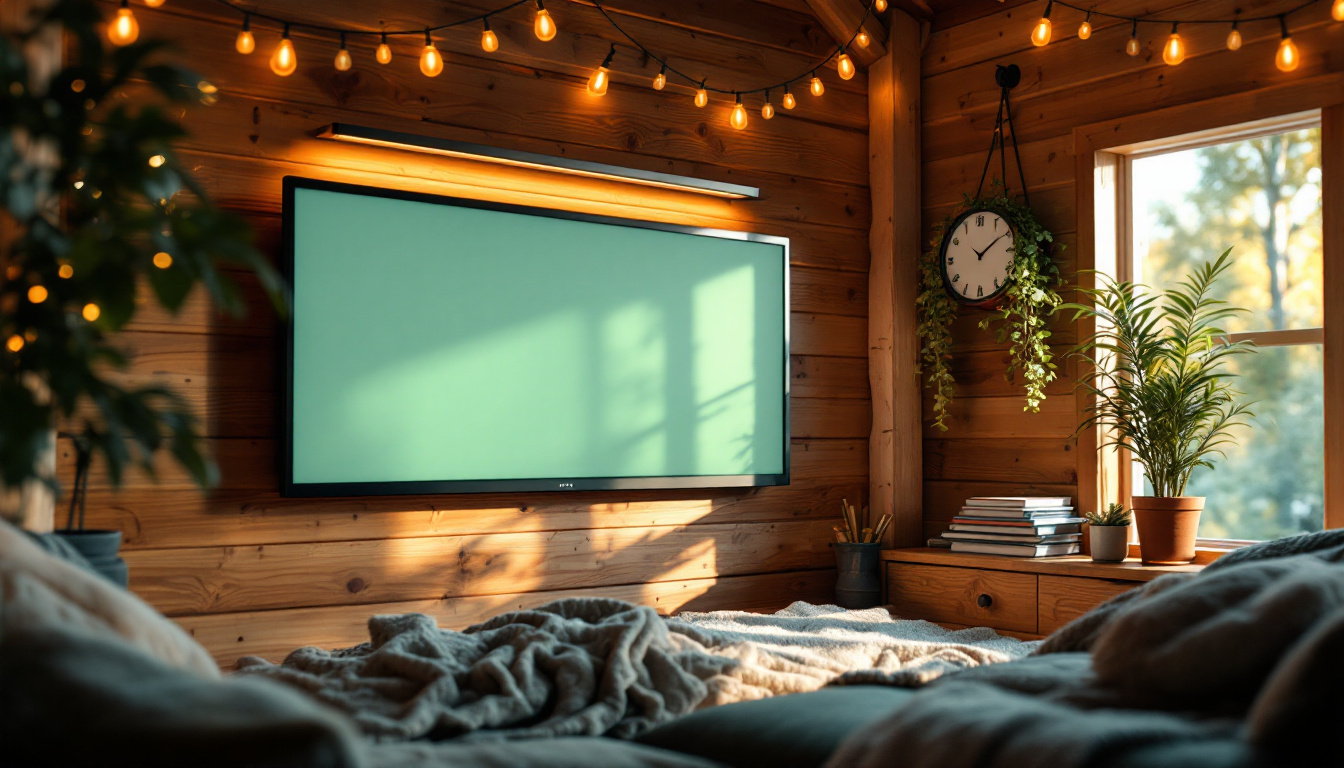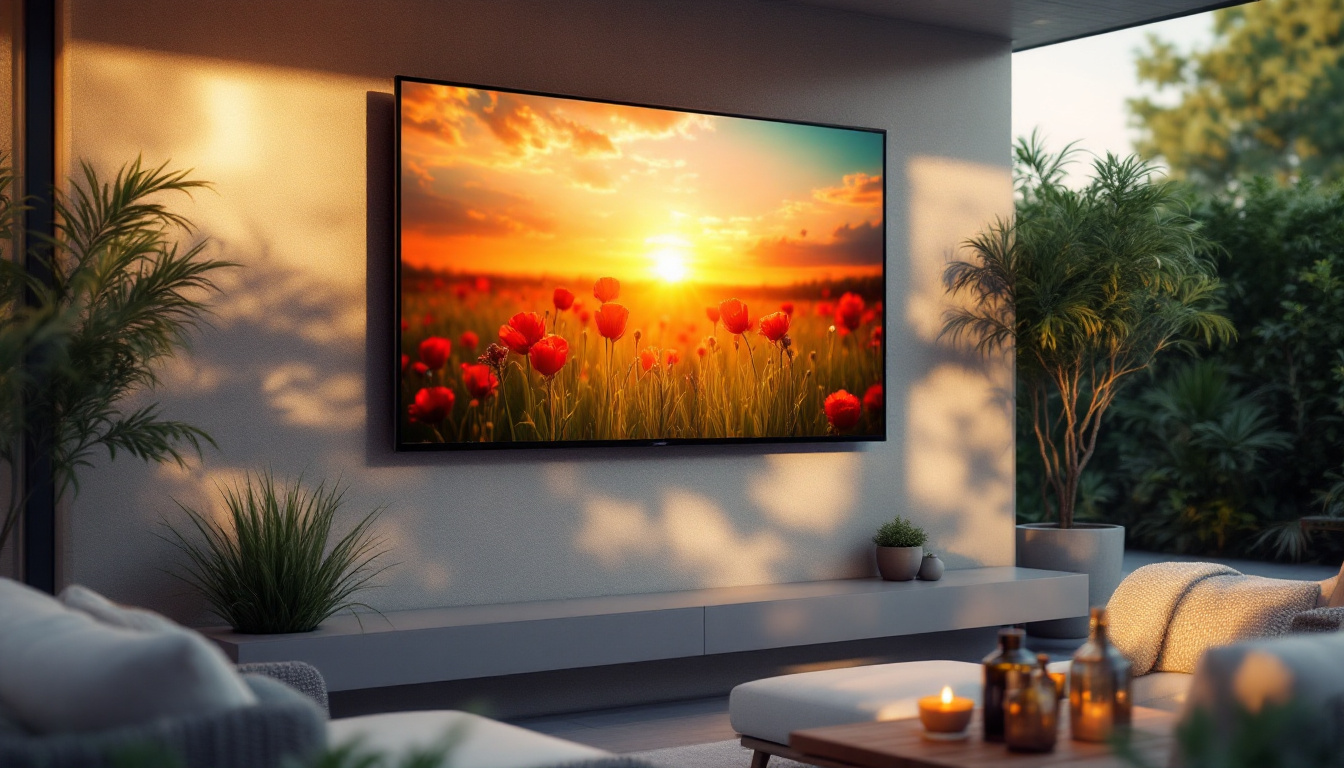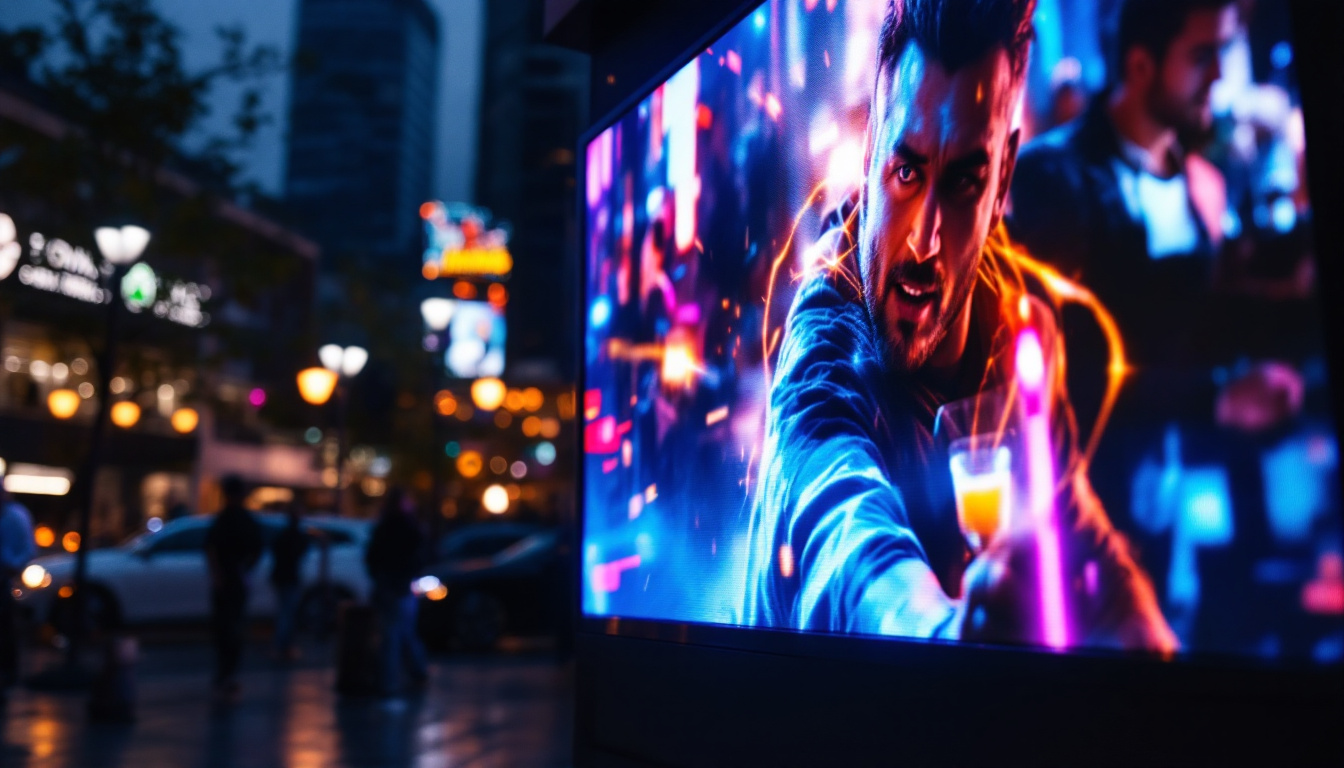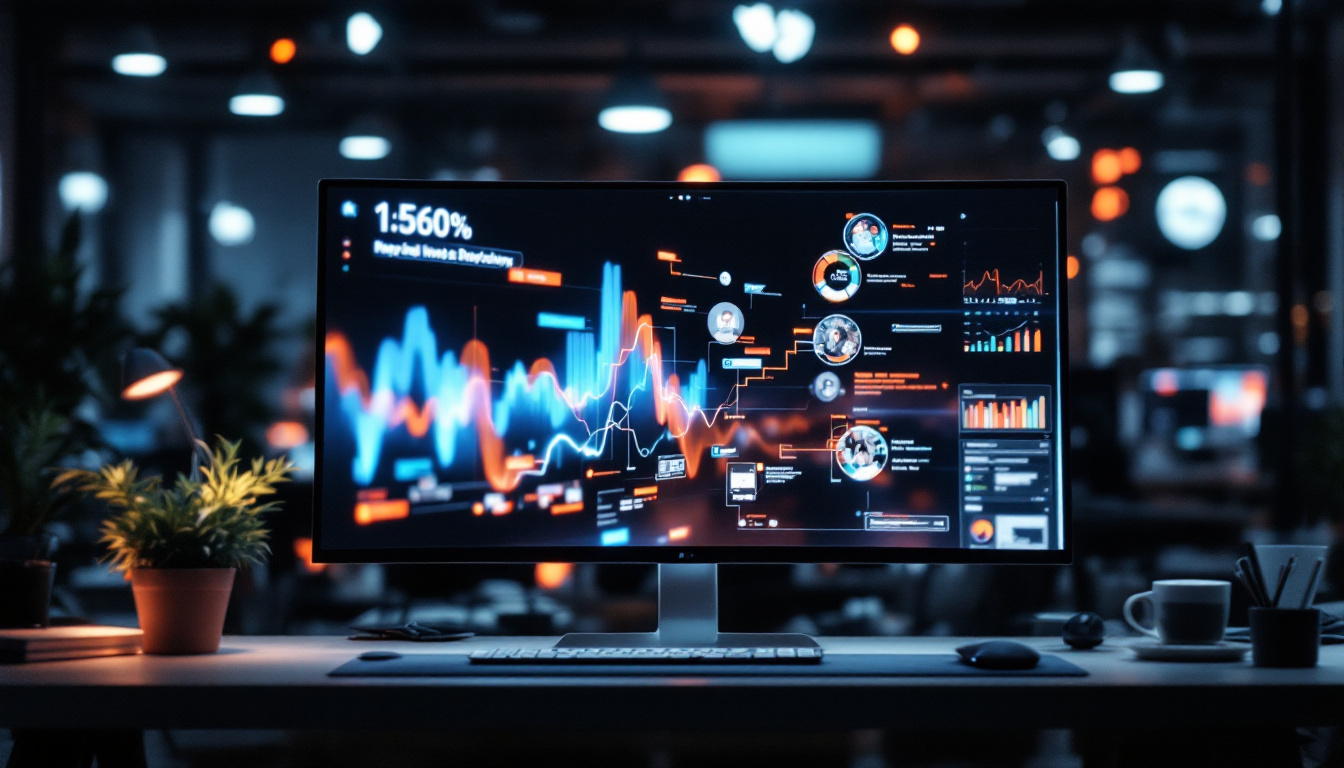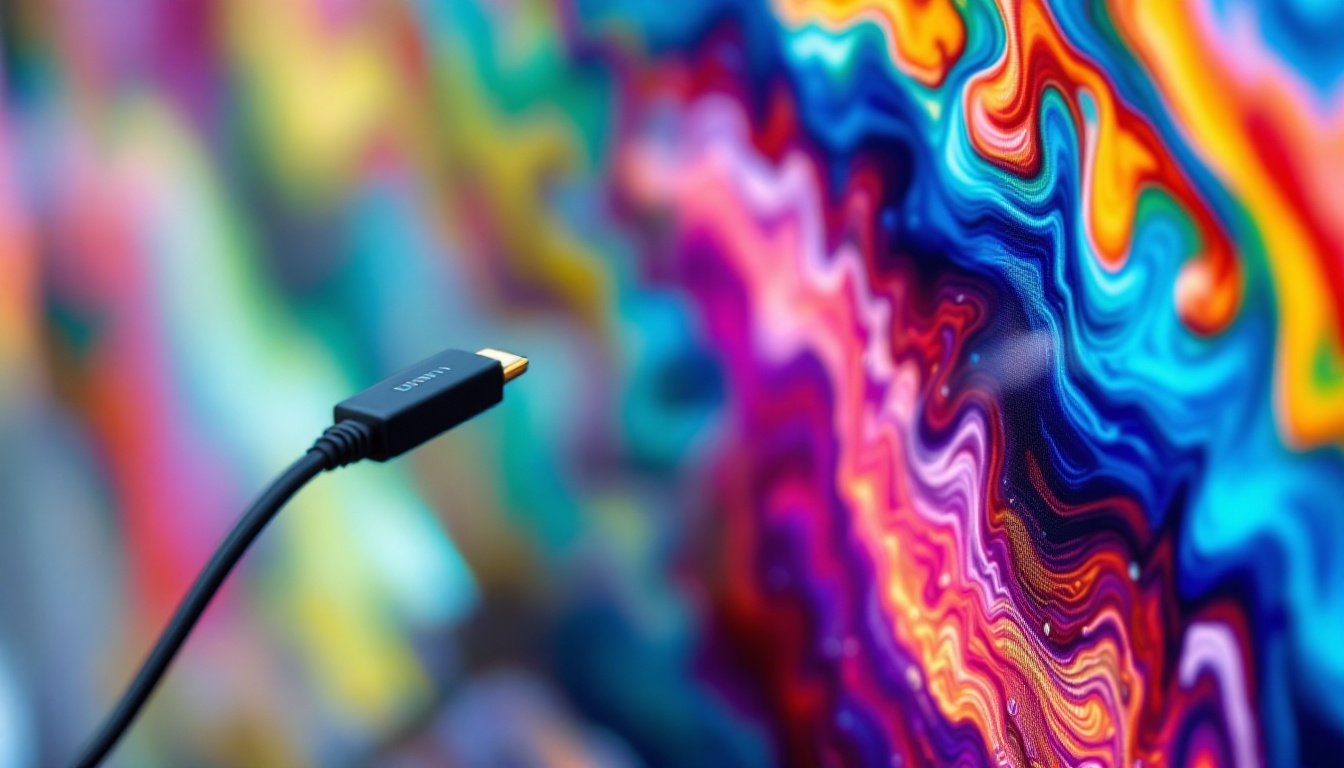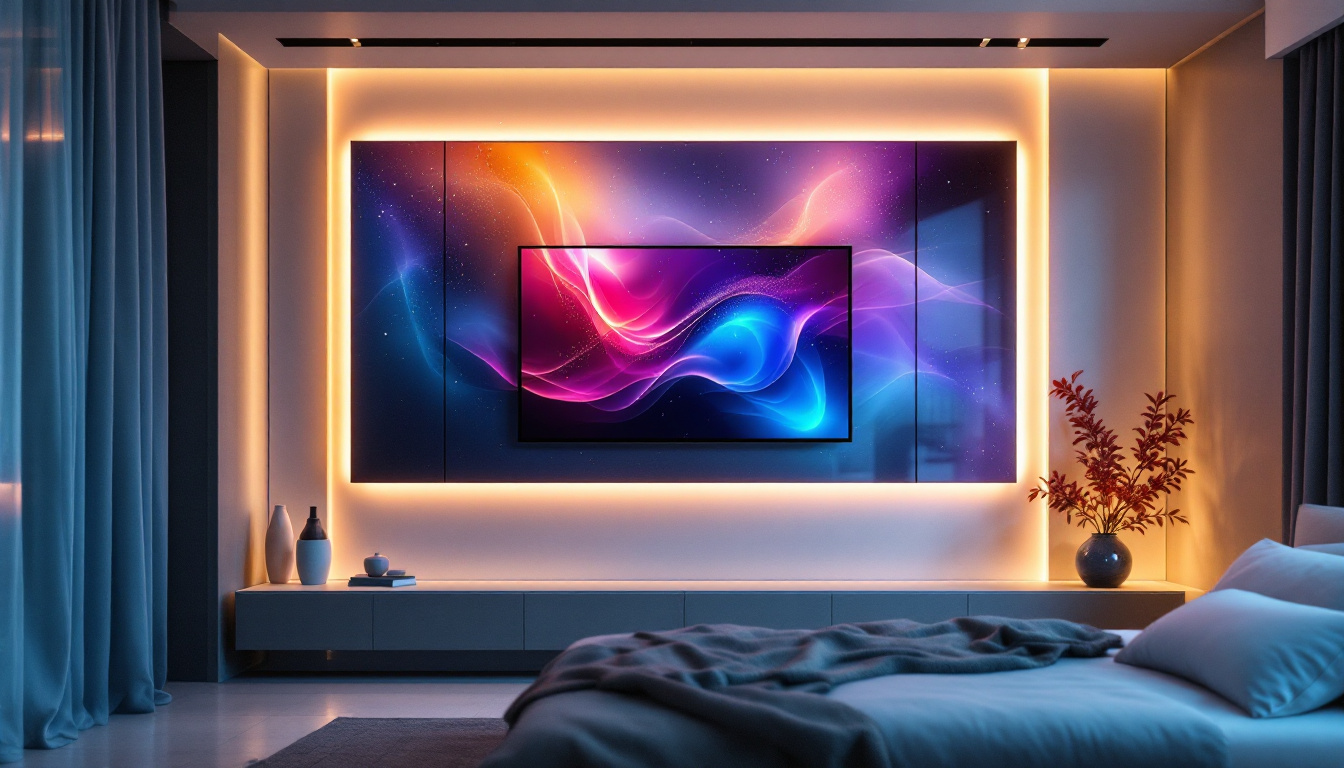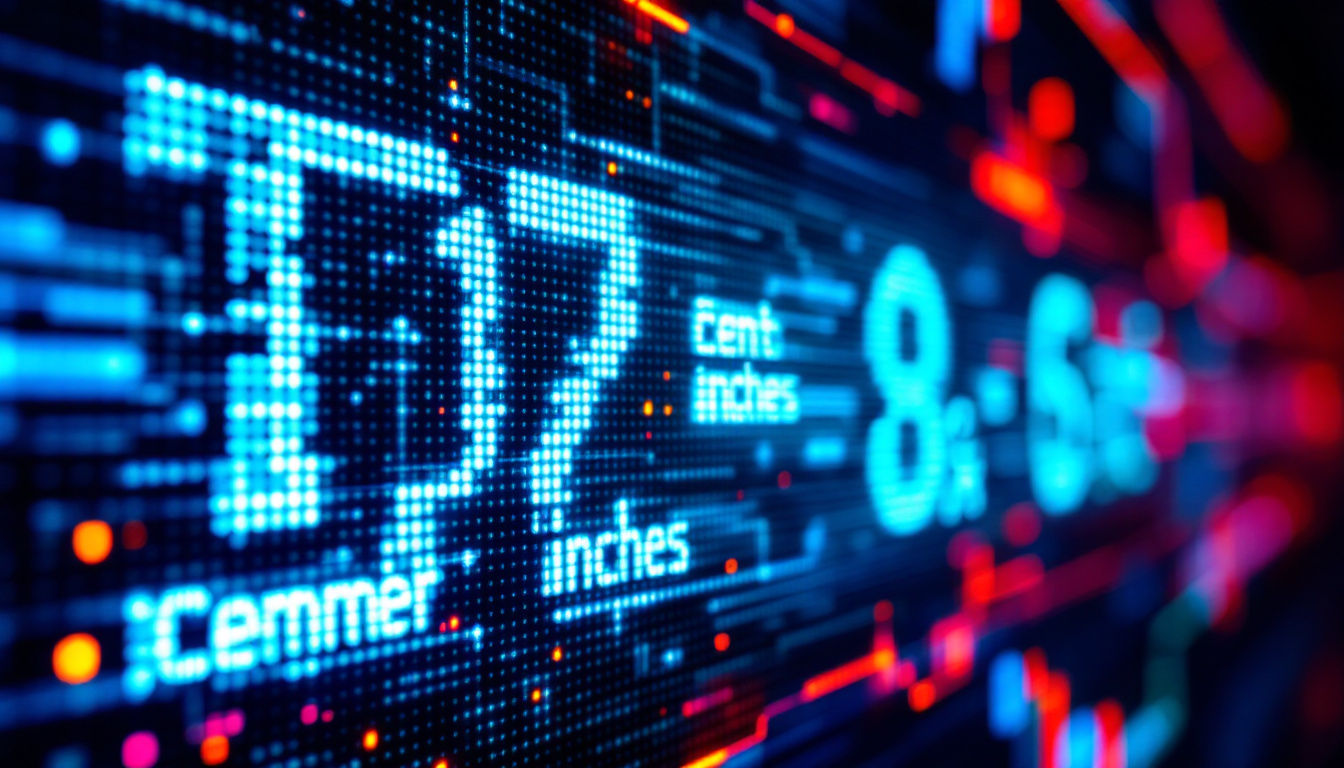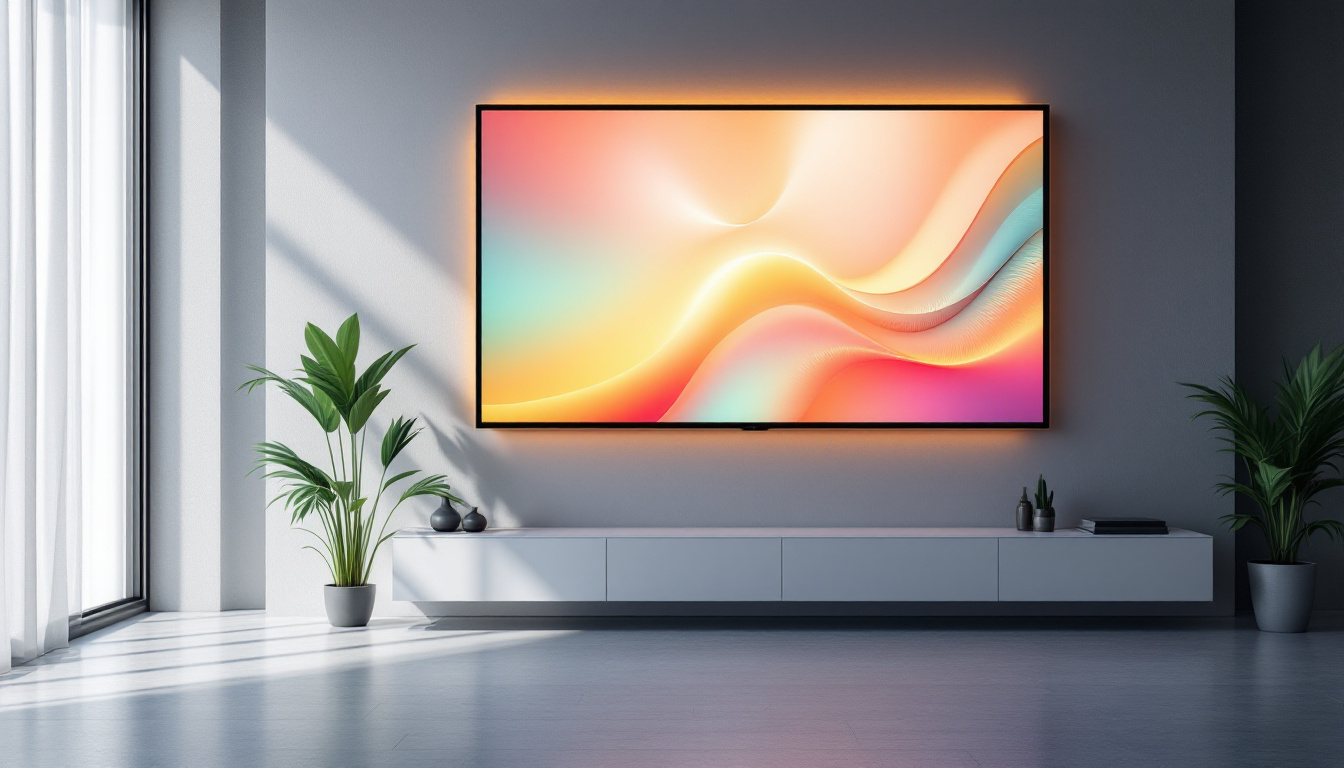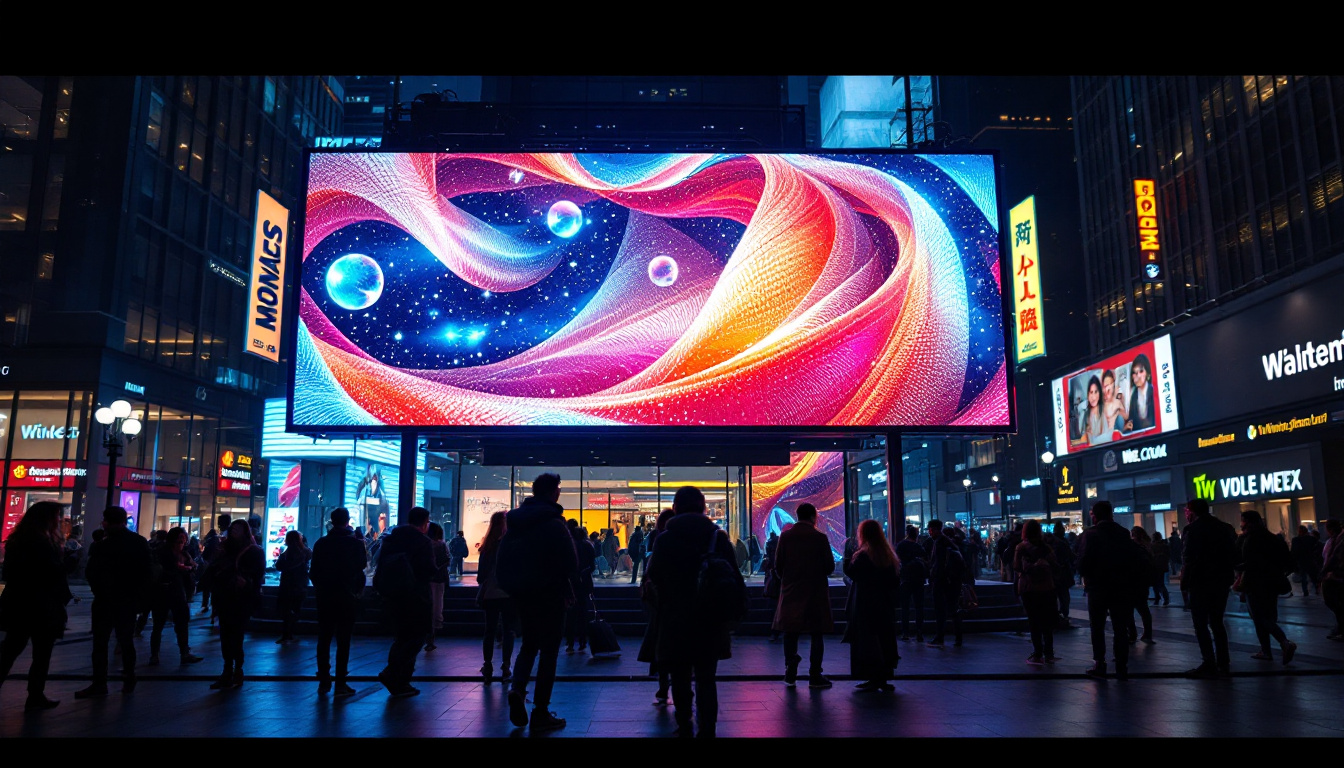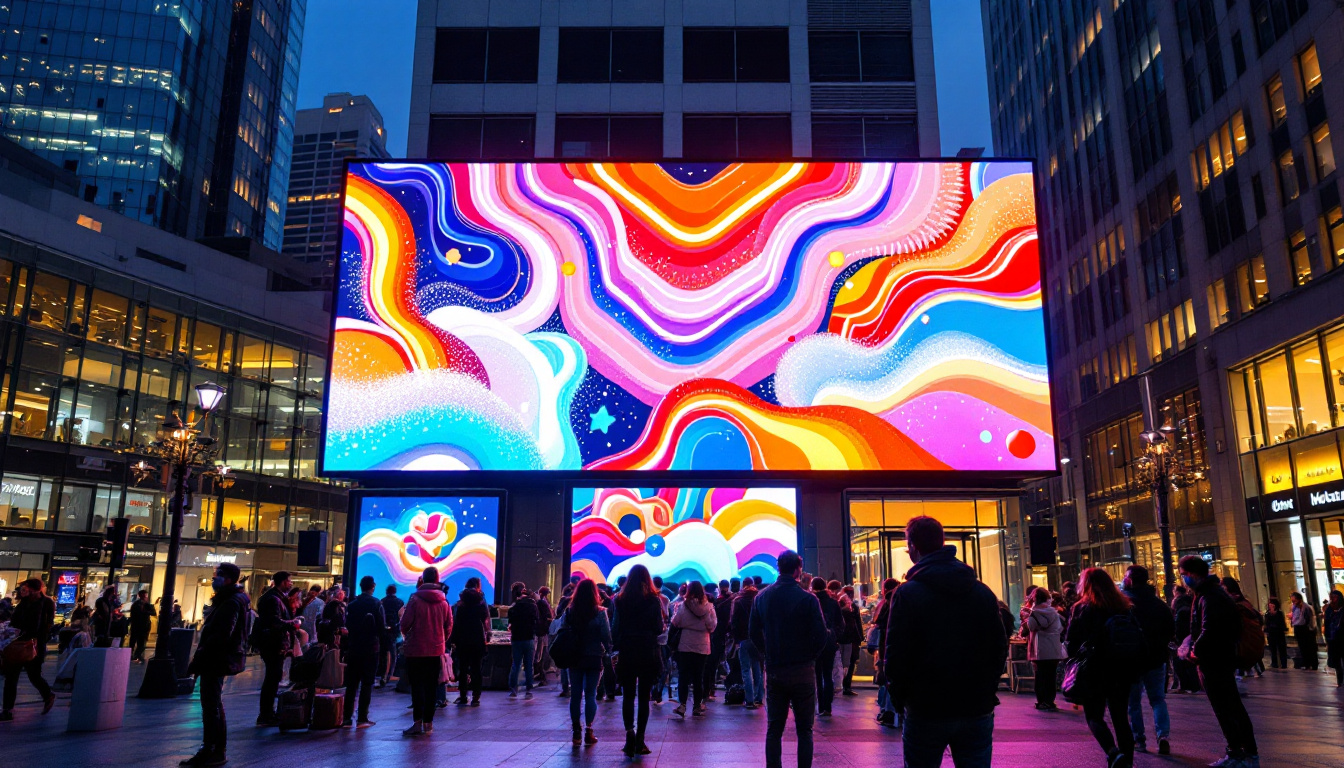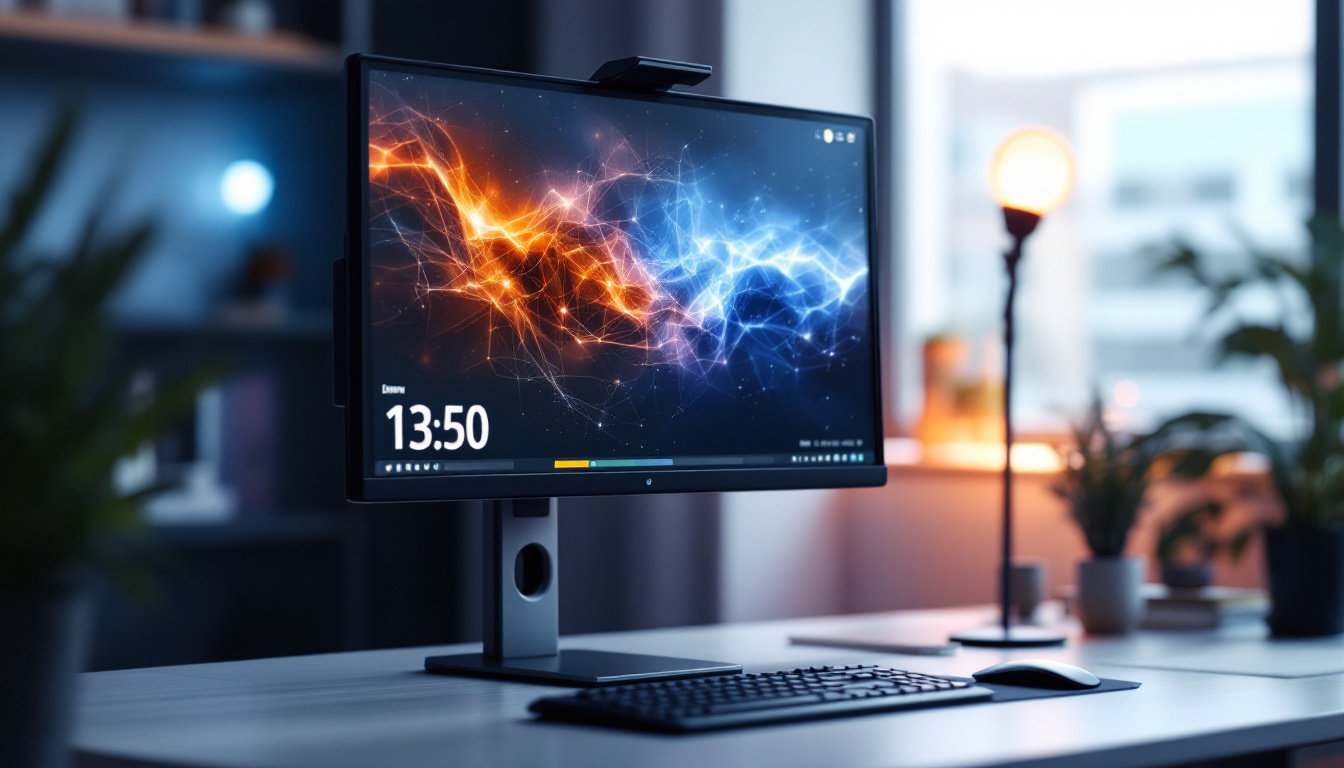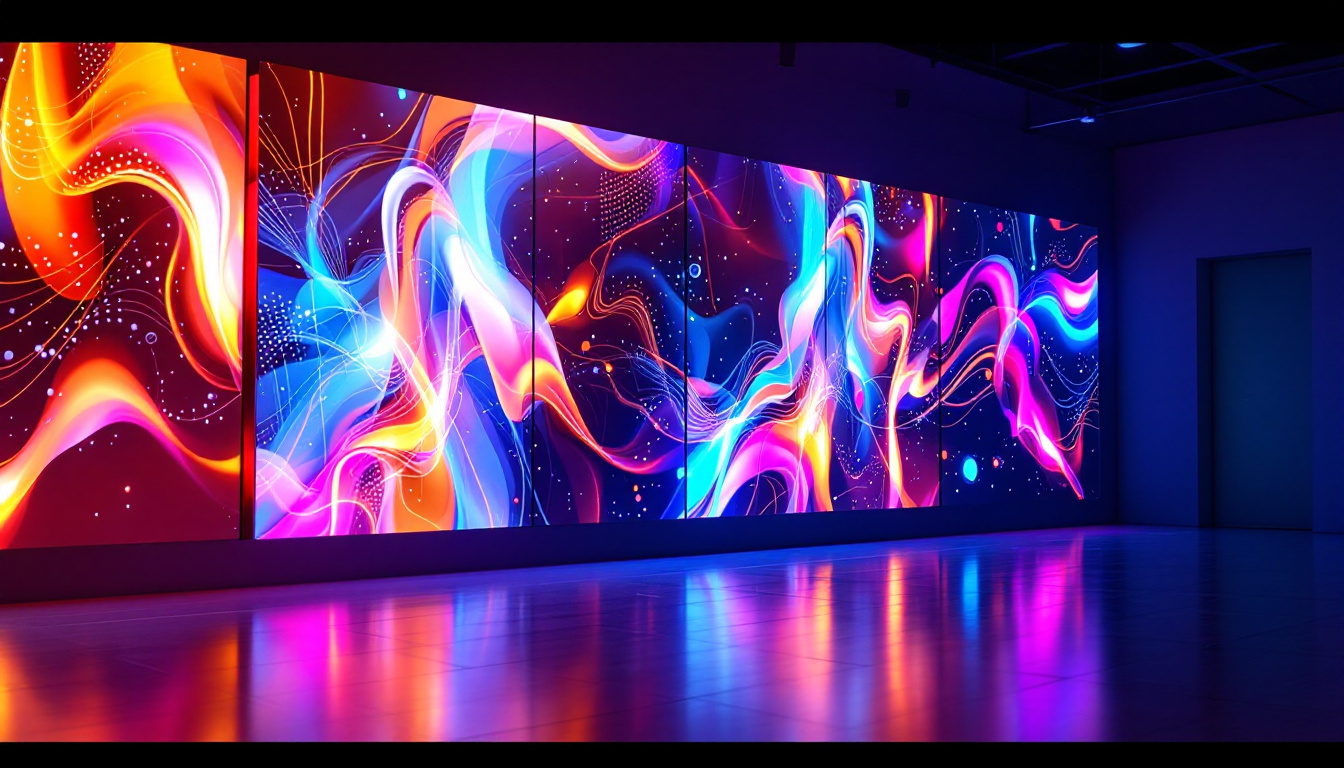Understanding measurements and conversions is essential in various fields, from engineering to everyday tasks. One common conversion that often arises is between feet and centimeters. This article will explore the conversion of 2.6 feet to centimeters, while also delving into the significance of LED displays in presenting such information in a clear and engaging manner.
Understanding the Conversion: Feet to Centimeters
To convert feet to centimeters, one must understand the relationship between these two units of measurement. Feet are a unit of length commonly used in the United States and a few other countries, while centimeters are a part of the metric system, widely used around the world.
The Conversion Formula
The formula for converting feet to centimeters is straightforward. One foot is equivalent to 30.48 centimeters. Therefore, to convert 2.6 feet to centimeters, the calculation would be:
2.6 feet × 30.48 cm/foot = 79.488 cm
This means that 2.6 feet is approximately 79.49 centimeters when rounded to two decimal places. Such conversions are often necessary in fields such as construction, design, and even in everyday situations like measuring furniture or room dimensions.
Practical Applications of the Conversion
Conversions between feet and centimeters are particularly useful in various industries. For example, in interior design, understanding the dimensions of a space in both units can help designers create more effective layouts. Similarly, in sports, knowing the height of athletes in both feet and centimeters can provide a clearer picture of their physical attributes.
Moreover, in the global marketplace, products are often marketed using metric measurements, necessitating conversions for consumers accustomed to imperial units. Thus, having a reliable method for converting these measurements is invaluable.
In addition to design and sports, the medical field also relies on accurate conversions. For instance, healthcare professionals often need to convert the heights of patients from feet to centimeters for medical records and assessments. This ensures that all health metrics are standardized, allowing for better communication among professionals and more accurate data collection for research purposes. Furthermore, educational institutions may incorporate these conversions into their curricula, teaching students the importance of understanding both measurement systems in a globalized world.
Additionally, travelers frequently encounter situations where they must convert feet to centimeters, especially when navigating international destinations or purchasing items abroad. Knowing how to perform these conversions can enhance their experience and help them make informed decisions, whether they are booking accommodations or shopping for clothing. The ability to seamlessly switch between measurement systems fosters a sense of confidence and adaptability in an increasingly interconnected global community.
The Role of LED Displays in Presenting Measurements
LED displays have become ubiquitous in modern society, serving various functions, from digital signage to personal devices. Their ability to present information clearly and attractively makes them an ideal medium for displaying measurements and conversions.
Advantages of LED Displays
One of the primary advantages of LED displays is their visibility. The bright, vibrant colors and high contrast of LED screens ensure that information is easily readable, even from a distance. This is particularly important in environments where quick comprehension is necessary, such as in educational settings or public information displays.
Additionally, LED displays can be programmed to show dynamic content. For instance, a display can be set to automatically convert measurements based on user input, providing real-time conversions that enhance user experience. This feature is especially beneficial in applications like calculators or measurement tools, where users frequently switch between different units. Furthermore, the energy efficiency of LED technology means that these displays can operate for extended periods without significant power consumption, making them not only user-friendly but also environmentally conscious.
Applications of LED Displays in Measurement Tools
LED displays are commonly found in various measurement tools, including digital rulers, scales, and measuring tapes. These devices often feature LED screens that provide instant feedback, allowing users to see measurements in real-time.
For example, a digital measuring tape may display the length in both feet and centimeters simultaneously, catering to a diverse audience. This dual display feature eliminates the need for manual conversions, streamlining the measuring process and reducing the likelihood of errors. Moreover, many modern LED measuring devices come equipped with additional functionalities, such as memory storage for previous measurements, which can be particularly useful in construction or design projects where multiple dimensions need to be recorded and referenced. The integration of Bluetooth technology in some LED measurement tools also allows for seamless data transfer to smartphones or tablets, enabling users to keep track of their measurements digitally and share them with colleagues or clients effortlessly.
Exploring LED Technology: How It Works
To appreciate the effectiveness of LED displays, it is essential to understand the technology behind them. LED, or Light Emitting Diode, technology has revolutionized the way information is presented, offering several advantages over traditional display methods.
How LEDs Function
LEDs work by passing an electrical current through a semiconductor material, which then emits light. This process is highly efficient, resulting in lower energy consumption compared to traditional incandescent bulbs. Additionally, LEDs have a longer lifespan, making them a cost-effective choice for display technology.
The ability to produce a wide range of colors is another significant advantage of LED technology. By adjusting the intensity of the red, green, and blue components, LEDs can create vibrant displays that capture attention and convey information effectively. This color versatility is not only crucial for aesthetic appeal but also enhances the functionality of displays in various settings, such as museums, galleries, and advertising spaces, where visual impact is paramount.
Impact on Display Quality
The quality of LED displays is often superior to that of other display technologies. With higher resolution and better color accuracy, LED screens can present detailed information, making them ideal for applications that require precision, such as scientific displays or technical data presentations.
Moreover, the compact size of LEDs allows for thinner and lighter displays, enabling innovative designs that can fit into various spaces. This flexibility has led to the widespread adoption of LED technology in everything from smartphones to large-scale outdoor billboards. The ability to create curved and flexible displays has opened new avenues for creative design, allowing architects and designers to integrate screens seamlessly into their projects. Furthermore, advancements in LED technology have introduced features like high dynamic range (HDR) and local dimming, which enhance contrast and brightness, further elevating the viewing experience.
In addition to their aesthetic and practical benefits, LED displays are also more environmentally friendly compared to their counterparts. They contain no toxic materials like mercury, which is commonly found in fluorescent lighting, and their lower energy consumption translates to reduced carbon emissions. As sustainability becomes a critical concern across industries, the shift towards LED technology reflects a broader commitment to eco-friendly practices. This makes LEDs not only a smart choice for businesses looking to cut costs but also a responsible choice for the planet.
LED Displays in Everyday Life
LED displays have permeated everyday life, appearing in numerous devices and applications. From smartphones to televisions, the impact of this technology is evident in how information is consumed and interacted with.
Smartphones and Tablets
Modern smartphones and tablets rely heavily on LED display technology. These devices utilize high-resolution LED screens to present information clearly, whether it be text, images, or videos. The vibrant colors and sharp contrast enhance user experience, making it easier to read and interact with content.
Furthermore, many applications on these devices incorporate measurement tools, allowing users to convert units on-the-go. For example, a simple app can convert 2.6 feet to centimeters with just a few taps, showcasing the convenience that LED displays provide in everyday tasks.
Public Information Displays
In public spaces, LED displays serve as vital sources of information. From train stations to airports, these displays provide real-time updates on schedules and directions. Their clarity and visibility ensure that important information is communicated effectively, helping people navigate complex environments.
Moreover, LED displays are often used in advertising, capturing the attention of passersby with dynamic content. This ability to convey information quickly and engagingly has made LED displays a popular choice for businesses looking to promote their products and services.
Future Trends in LED Display Technology
The future of LED display technology is promising, with ongoing advancements that continue to enhance their capabilities. As technology evolves, several trends are emerging that could shape the future of LED displays.
Smart Integration
One of the most significant trends is the integration of smart technology into LED displays. This includes features such as touch sensitivity, connectivity with other devices, and the ability to display customized content based on user preferences. Such advancements will create more interactive and personalized experiences for users.
For instance, smart LED displays could be programmed to show relevant measurements based on the context, such as displaying 2.6 feet in centimeters when a user is measuring a piece of furniture. This level of customization could enhance usability and make information more accessible.
Environmental Considerations
As sustainability becomes a more pressing concern, LED technology is also evolving to become more environmentally friendly. Innovations aimed at reducing energy consumption and utilizing recyclable materials are gaining traction in the industry. This shift not only benefits the environment but also appeals to consumers who prioritize sustainability in their purchasing decisions.
Furthermore, advancements in manufacturing processes are leading to more efficient production methods, reducing waste and energy use during the creation of LED displays. This focus on sustainability is likely to shape the future of the industry significantly.
Conclusion: The Intersection of Measurement and Technology
The conversion of 2.6 feet to centimeters is just one example of how measurements play a crucial role in our daily lives. Understanding these conversions is essential, and the use of LED displays enhances the accessibility and clarity of this information. As technology continues to evolve, the integration of smart features and sustainable practices will further improve the utility of LED displays.
In a world where precision and clarity are paramount, the combination of accurate measurements and advanced display technology will undoubtedly shape the future of how information is presented and consumed. Whether in professional settings or everyday tasks, the importance of understanding conversions and the role of LED displays cannot be overstated.
Discover LumenMatrix’s Advanced LED Display Solutions
As we’ve explored the precision of measurements and the transformative power of LED display technology, it’s clear that the right tools can make all the difference. LumenMatrix is at the forefront of this innovation, offering a wide array of LED display modules that bring your visual communications to life. Whether you need an Indoor LED Wall Display for your corporate headquarters, an Outdoor LED Wall Display for high-traffic areas, or any of our specialized solutions like Vehicle LED Displays or Custom LED Displays, LumenMatrix has the technology to elevate your brand’s presence. Experience the future of visual engagement with our LED Sports Displays, Floor LED Displays, and the revolutionary All-in-One LED Display. Don’t just take our word for it; check out LumenMatrix LED Display Solutions and see how we can help you convey your message with unmatched impact and clarity.

